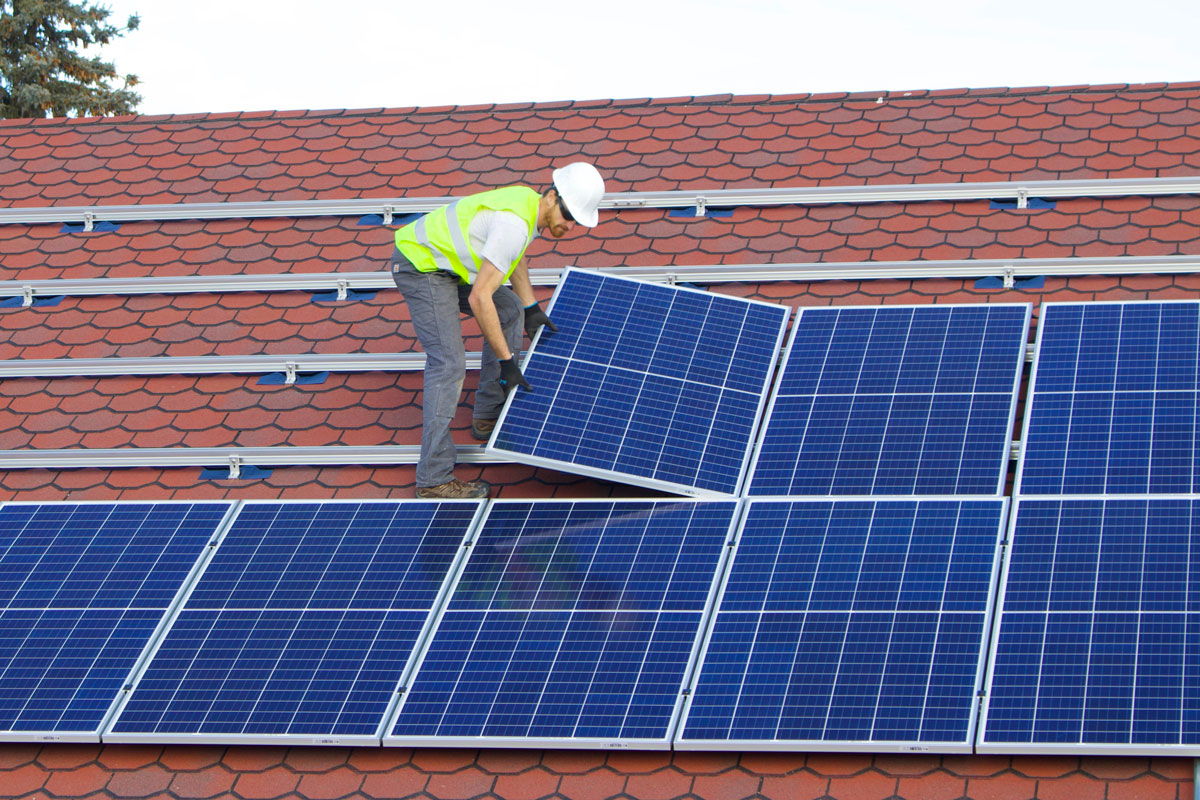The Ultimate Guide to Installing Solar Power Home Panels
Are you considering making the switch to solar power for your home? Installing solar panels is a great way to reduce your carbon footprint, save money on energy bills, and increase the value of your property. However, the process of installing solar panels can be daunting for first-timers. In this ultimate guide, we will walk you through everything you need to know about installing solar power home panels.
Benefits of Installing Solar Power Home Panels
Before we dive into the installation process, let's first discuss some of the benefits of installing solar power home panels (also known as ‘zonnepanelen voor thuisgebruik’ in the Dutch Language) :
- Reduce electricity bills: By generating your own electricity, you can significantly reduce your reliance on the grid, resulting in lower energy bills.
- Environmentally friendly: Solar power is a clean and renewable energy source that produces no harmful emissions, making it an eco-friendly choice.
- Increased property value: Homes with solar panels are more attractive to buyers and typically sell for a higher price than those without.
- Tax incentives: Many governments offer tax incentives and rebates for installing solar panels, which can help offset the initial cost.
Steps to Installing Solar Power Home Panels
Step 1: Evaluate Your Home's Suitability
Not all homes are suitable for solar panel installation. Before you get started, consider the following factors:
- Roof type: Solar panels are typically installed on rooftops, so make sure your roof is in good condition and receives ample sunlight throughout the day.
- Shading: Nearby trees or buildings can cast shadows on your solar panels, reducing their efficiency. Make sure to trim any overhanging branches or consider alternative placement options.
- Local regulations: Check with your local government to see if there are any restrictions or permits required for installing solar panels in your area.
Step 2: Calculate Your Energy Needs
Estimate how much electricity your household consumes on a daily and monthly basis. This will help determine the size of the solar panel system you need to install. Factors to consider include:
- Number of occupants in your home
- Appliances and devices used
- Climatic conditions in your area
Step 3: Choose the Right Solar Panels
There are several types of solar panels available on the market, each with its own set of advantages and disadvantages. When choosing solar panels for your home, consider the following:
- Monocrystalline vs. polycrystalline panels
- Efficiency ratings
- Warranty and durability
Step 4: Hire a Professional Installer
While it is possible to install solar panels yourself, hiring a professional installer is highly recommended to ensure the job is done safely and correctly. Look for a reputable solar panel installation company with experience and positive customer reviews.
Step 5: Obtain Permits and Approvals
Before installation can begin, you will need to obtain the necessary permits and approvals from your local government and utility company. This may involve submitting plans, paying fees, and scheduling inspections.
Step 6: Install the Solar Panels
Once all the necessary preparations have been made, the installation process can begin. This typically involves the following steps:
- Mounting the solar panels on the roof
- Connecting the panels to an inverter
- Connecting the inverter to your electrical panel
- Testing the system to ensure it is functioning properly
Maintenance and Monitoring
After your solar panels have been installed, it is important to regularly maintain and monitor them to ensure they are operating at peak efficiency. Here are some tips for maintaining your solar panel system:
- Clean the panels regularly to remove dirt and debris
- Inspect the panels for damage or defects
- Monitor your energy production to track savings and identify any issues
- Schedule annual inspections with a professional to ensure your system is in good working order
Conclusion
Installing solar power home panels is a rewarding investment that can benefit both your wallet and the environment. By following this ultimate guide, you can make the switch to clean, renewable energy with confidence. Remember to do your research, choose the right system for your needs, and work with a reputable installer to ensure a successful installation.

